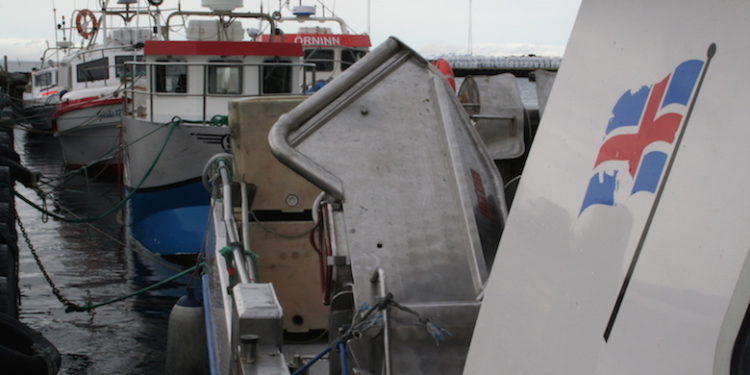Fish prices in Iceland have dropped by 22% over the last year and smaller vessel owners who rely on cod and other roundfish are struggling to remain viable, according to Örn Pálsson, director of Iceland’s National Association of Small Boat Owners (NASBO).
He said that a kilo of ungutted cod today fetches ISK206, compared to ISK264 this time last year, attributable to the strong Icelandic króna against overseas currencies – and the króna appears to be expected to remain strong for the rest of this year, according to the Central Bank’s predictions.
Örn Pálsson said that there appears to be no prospect of the currency being devalued in the forseeable future, and the situation is making business untenable for smaller operators who have seen fish prices drop alarmingly.
‘We can see that many of the fishermen who rely on cod and are struggling and we can foresee difficulties if these problems are not addressed. This particularly affects smaller operators who do not have fish production behind them,’ he said.
He added that the fisheries levy is due to change on the 1st of September and this can be expected to be in the form of a significant increase, even though fish prices are low, commenting that according to the Finance Ministry’s budget for 2018-2022, the levy is forecast to increase by 50%, so it can be expected to jump from ISK11/kg to ISK19-20/kg.
NASBO has written to the Industrial Affairs Committee and requested a meeting, with no reply so far.
‘Small boat operators depend entirely on a good price for cod. The sea is bursting with cod, but the problem is that the price it fetches is too low to be sustainable. There is no expectation of a significant increase in quotas for cod, in spite of the results of the Marine Research Institute that show a rise in the cod index from one year to the next.’ he said.









